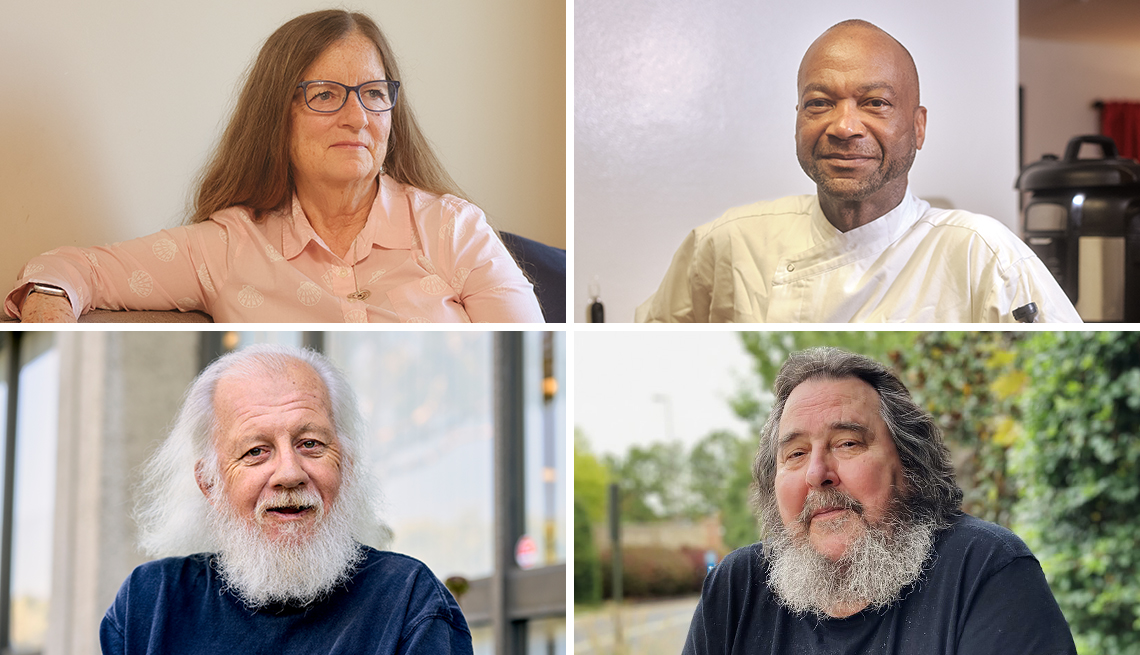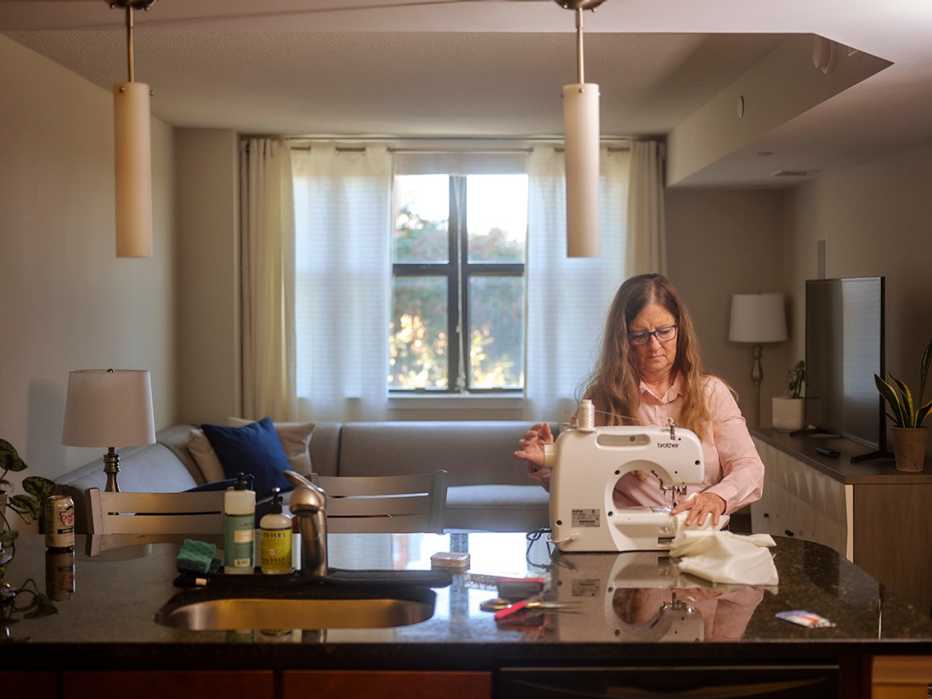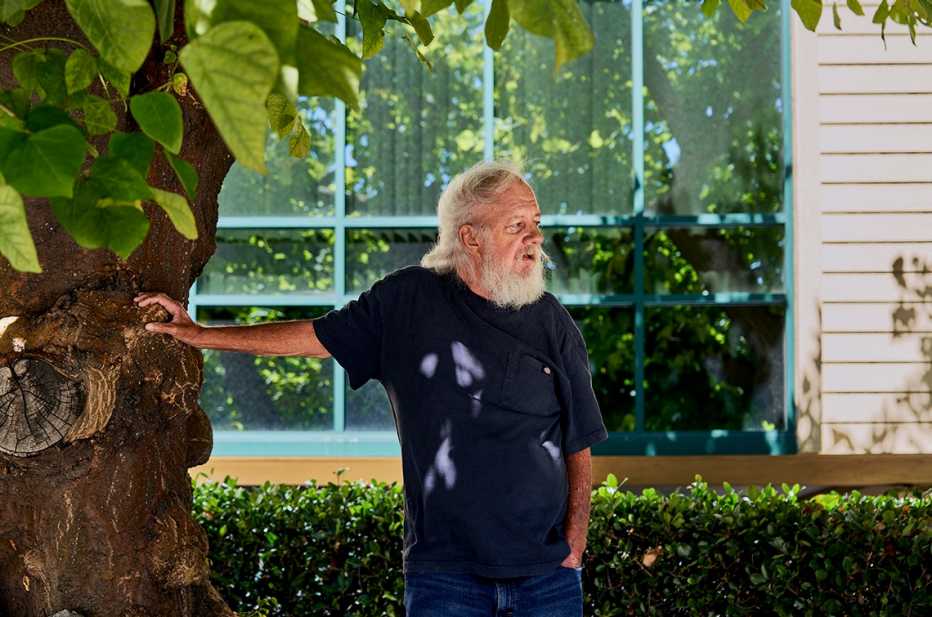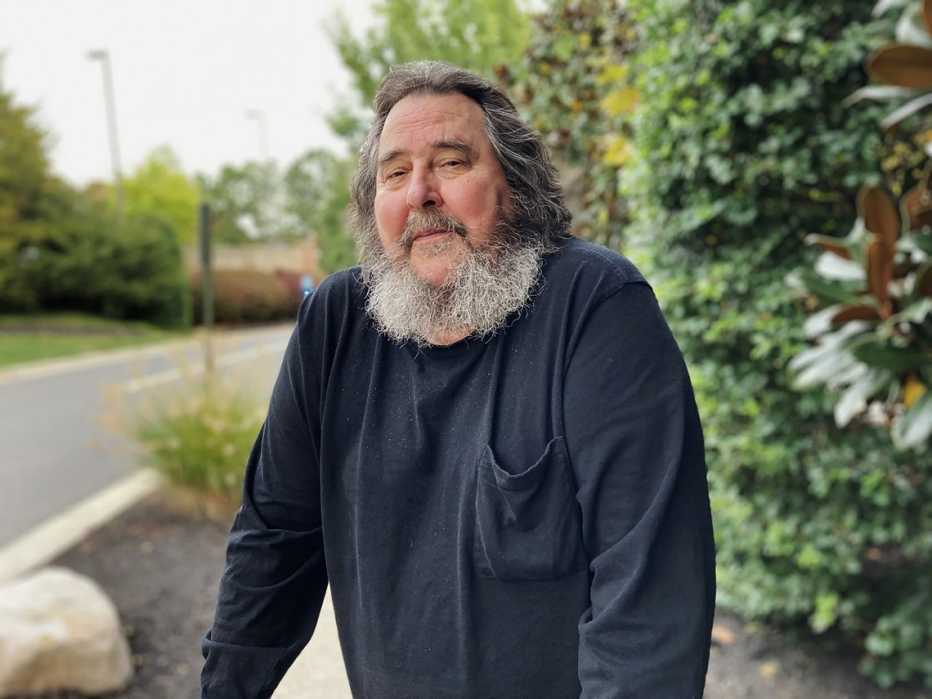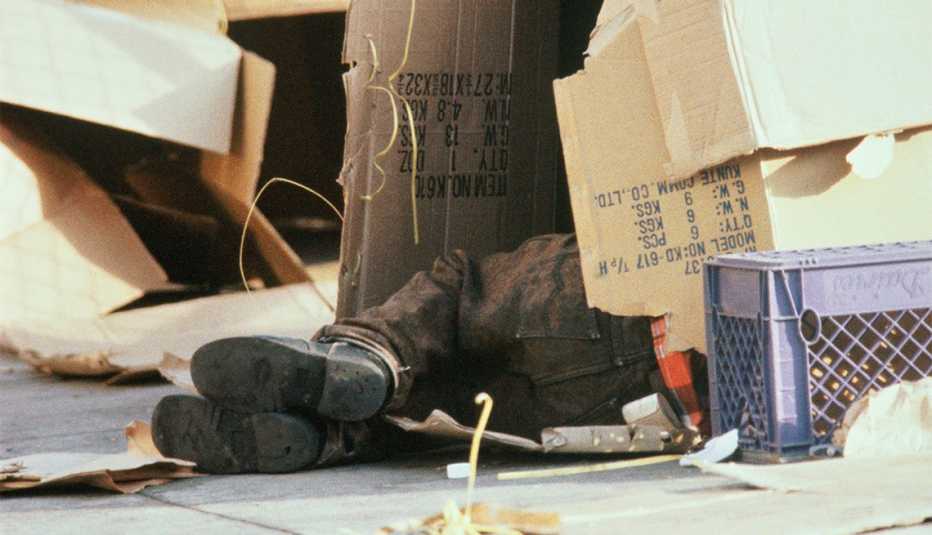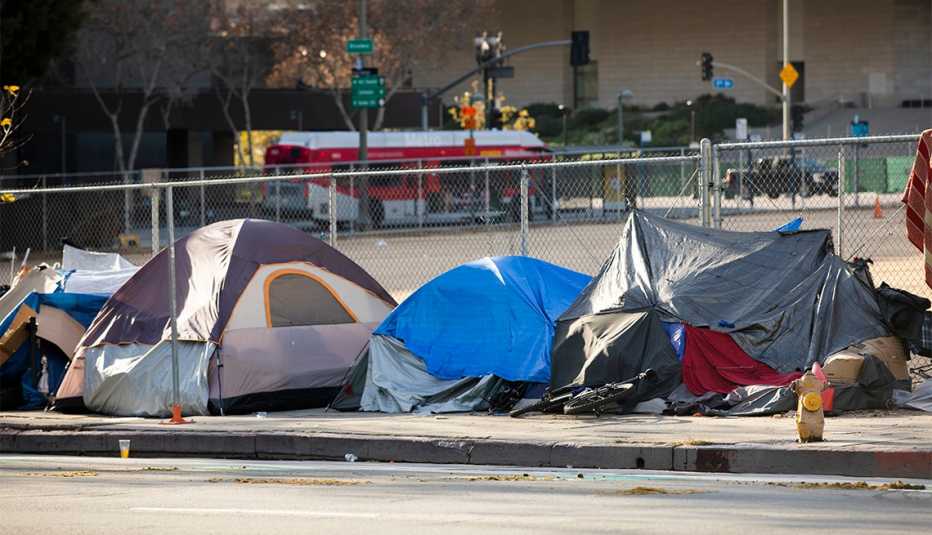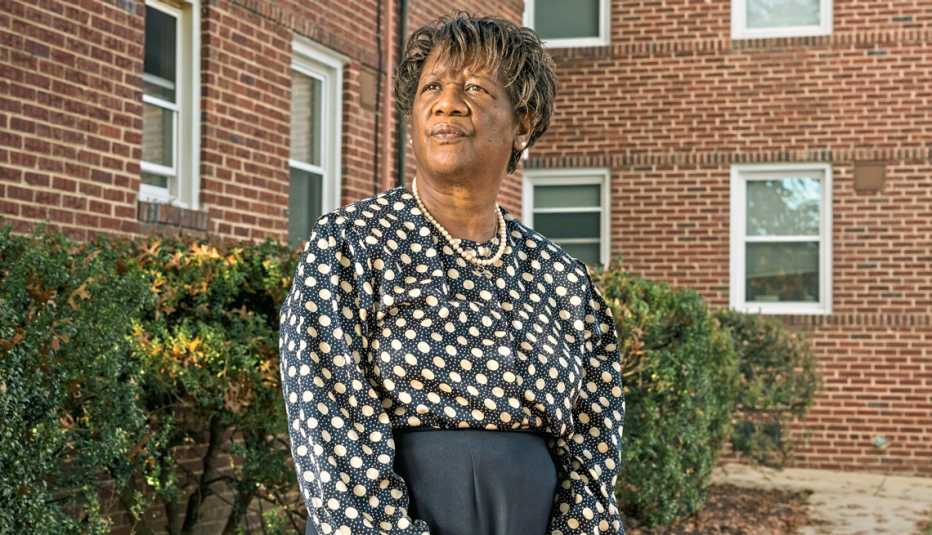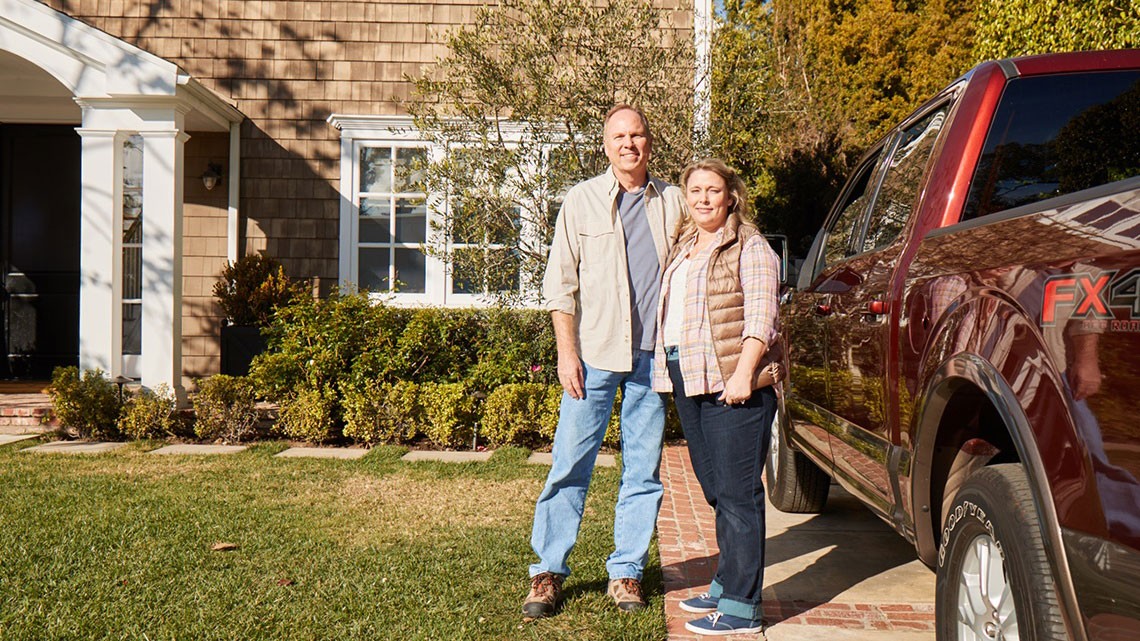Staying Fit
Having a place to live — a bed, a bathroom, a kitchen — is something most people take for granted. But the number of older adults who no longer have a permanent residence is rising, and experts worry about the ramifications for their health, for their families and for society.
The stories of those facing homelessness are varied and tangled. These four Americans found themselves without a steady place to live after setbacks later in life. But with help from homeless advocates and from a mix of local, state and federal programs, they are living in places that give them security, allowed them to find steady work (if they were able), and let them take care of health problems.


AARP Membership— $12 for your first year when you sign up for Automatic Renewal
Get instant access to members-only products and hundreds of discounts, a free second membership, and a subscription to AARP the Magazine.
Their stories provide a glimpse into their old lives, and their new ones.

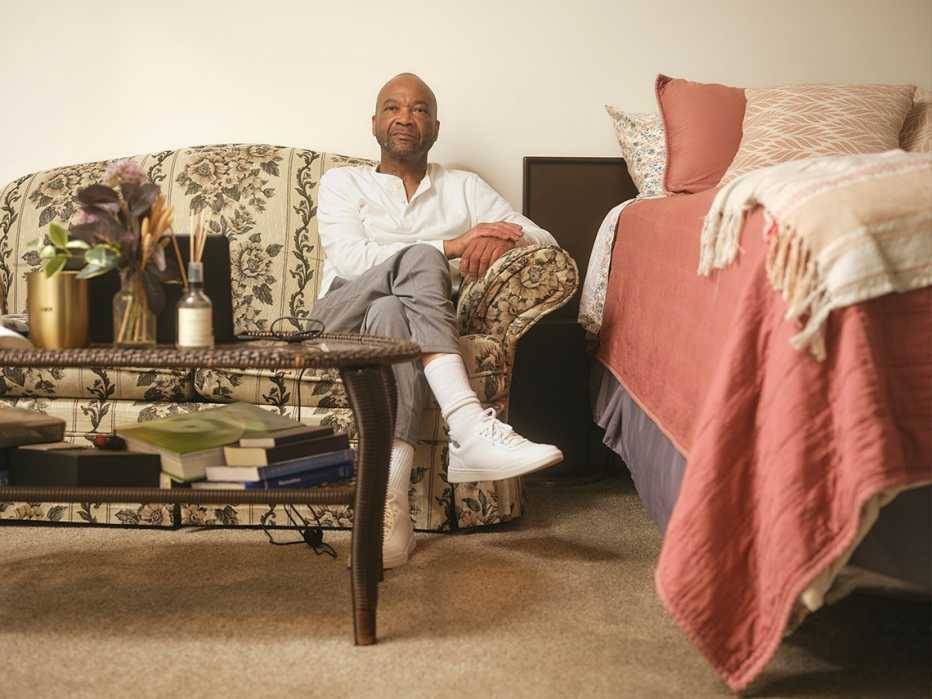
From street life to salvation
Struggling with addiction, Terence Hill became homeless in his early 50s. For three months he lived in his Honda Civic in the Maryland suburbs of Washington, D.C., his belongings piled so high he couldn’t see out the rear window.

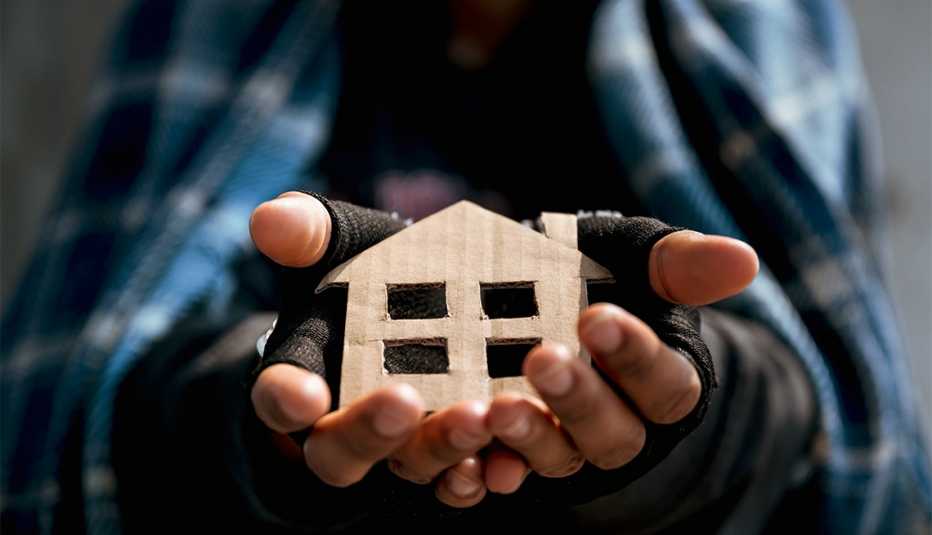
Homelessness Among Older Adults
Find out more about the crisis of the unhoused and how to help:
- The Graying of America's Homeless: An Alarming Trend: Climbing housing costs, unemployment and medical issues are leaving an increasing number of adults over 50 without a stable place to live. Researchers predict that by 2030, the number of people 65 and older who are homeless will almost triple.
- Housing Resources and Help for the Homeless: Access federal, state and local resources for those who are unhoused and discover what you can do in your own community.
“My base camp,” the 59-year-old called his car. At one point, Hill was so broke that he used a nylon stocking for a fan belt.
He’d park at McDonald’s to charge his phone, use the Wi-Fi and restroom and hope somebody would buy him a sandwich. At night he huddled under blankets and periodically ran the car’s heat. It was a colossal fall from grace for a chef named the 2016 employee of the year by Washington’s Fairmont Hotel.
But drinking and drug use took over. Hill lost his apartment, then stayed temporarily with a sister.
Next, he lived in his car and later he spent years in shelters in the Maryland suburbs. Outside the facilities, his substance abuse persisted. “Drinking day, noon, night, evening,” he remembers. “I mean, it felt normal to be drunk.”
But man-to-man advice from a counselor propelled Hill toward recovery: Shower daily. Launder your clothes. Polish your résumé. Look for work. Attend Alcoholics Anonymous meetings. Invest in yourself.
“No, it didn’t happen overnight,” Hill says. “It was like a couple of months, but still, I was committed to rebuild a life.”
He was treated for substance abuse, depression and post-traumatic stress from his early chaotic years, including time he spent behind bars. He’s been sober since February 2021.
Now Hill’s one-bedroom apartment in Rockville, Maryland, has a balcony overlooking a pond with a fountain. The kitchen is chock full of cook’s tools and gadgets. At first the unit was subsidized; now he pays the rent from wages as a top chef at a hospital. He also serves on the Montgomery County Interagency Commission on Homelessness, which advises elected officials on policies and services.
Hill gives back, counseling men who struggle to emerge from the demons that nearly suffocated him. “Even if you fall on your face, turn over and look up,” he tells them. “Try to get up. Tough times don’t last, but tough people do.”



























































